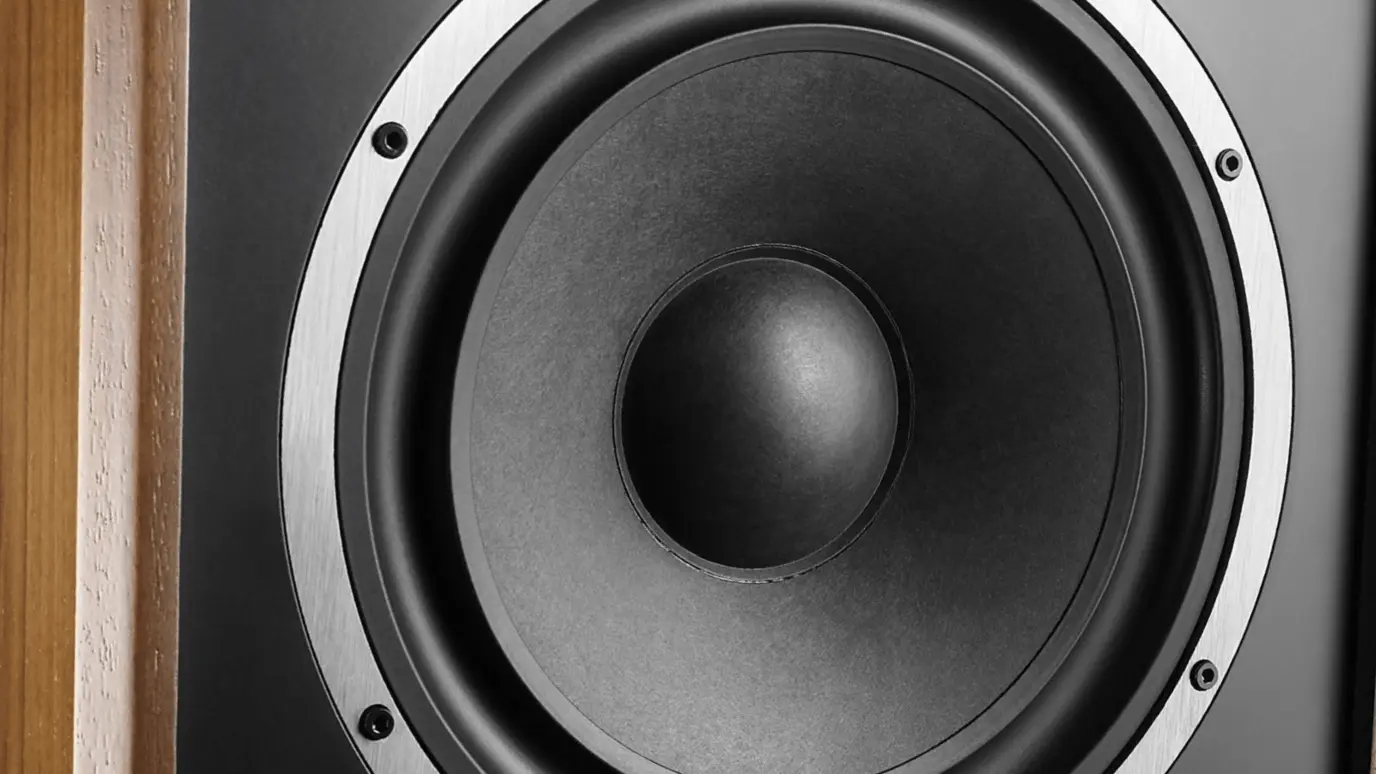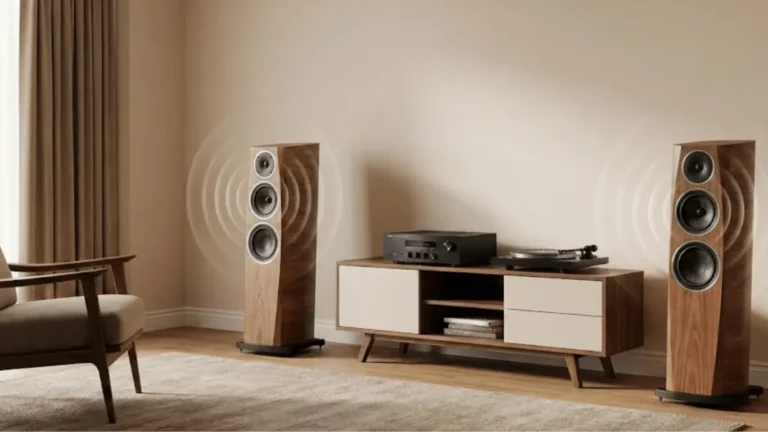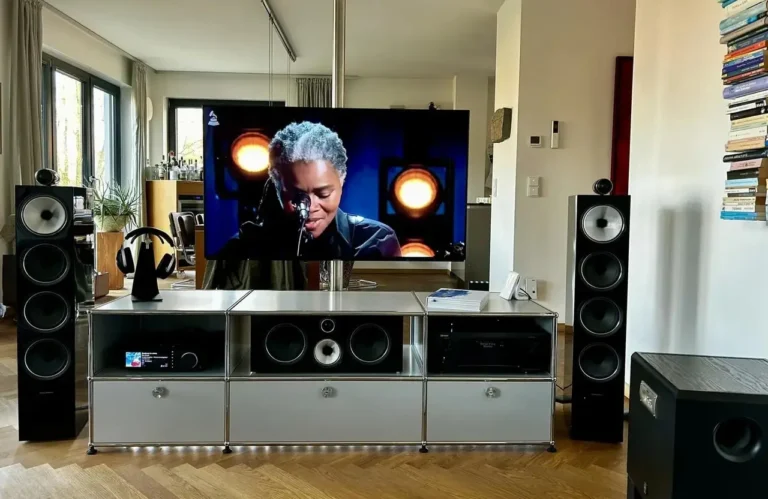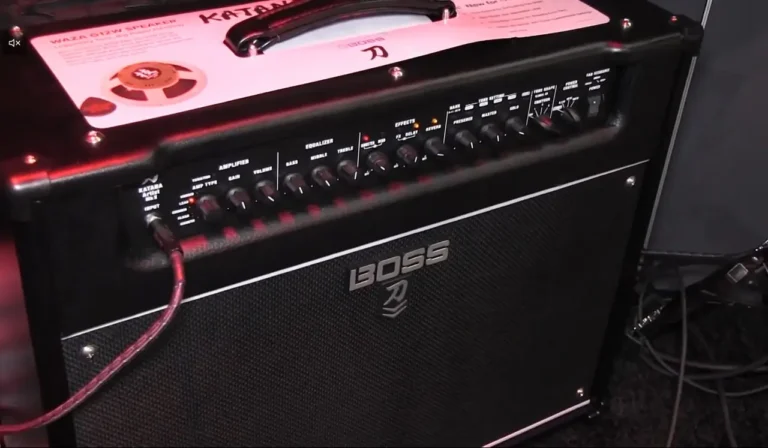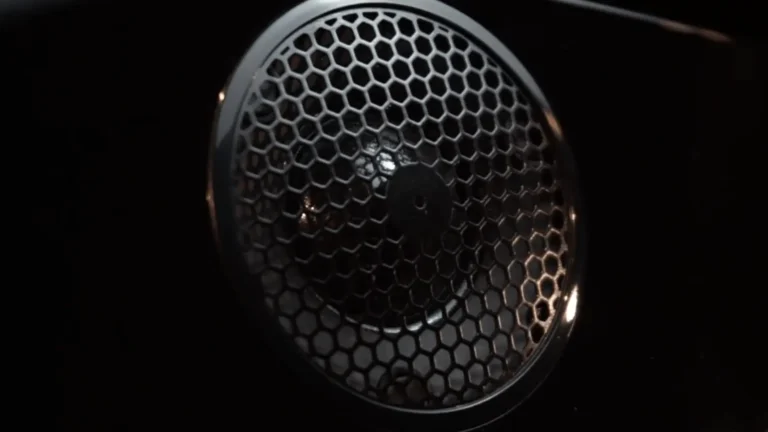This Reborn KLH Speaker Proves That Old-School Sound Still Beats Modern Hi-Fi Trends
Tall, ultra-slim floorstanders are not going out of fashion, but they are losing their once-undisputed dominance. Born as elegant alternatives to oversized hi-fi cabinets, they now find themselves overshadowed by the return of vintage-inspired designs. The 1970s aesthetic is making a strong comeback, evoking nostalgia even among those who never experienced the golden vinyl era firsthand.
It’s no surprise that the legendary American brand KLH, founded in the mid-20th century, decided to indulge today’s music lovers with a revival of one of their most iconic loudspeakers. Enter the KLH Model Five, a masterful blend of heritage and innovation that pays tribute to its acoustic-suspension roots.
Closed-Box Pioneers: The KLH Legacy
KLH Corporation was established in 1957 in Cambridge, Massachusetts, by Henry Kloss, along with partners Malcolm Low and Josef Hofmann. Kloss, already a renowned engineer, had previously worked with Edgar Villchur at Acoustic Research, helping develop the revolutionary acoustic suspension loudspeaker design.
Before that invention, sealed (closed) enclosures were often inefficient because the trapped air acted as a stiff spring, consuming much of the driver’s energy. Engineers attempted to compensate by building massive enclosures, essentially “closets” for loudspeakers, but practicality was limited.
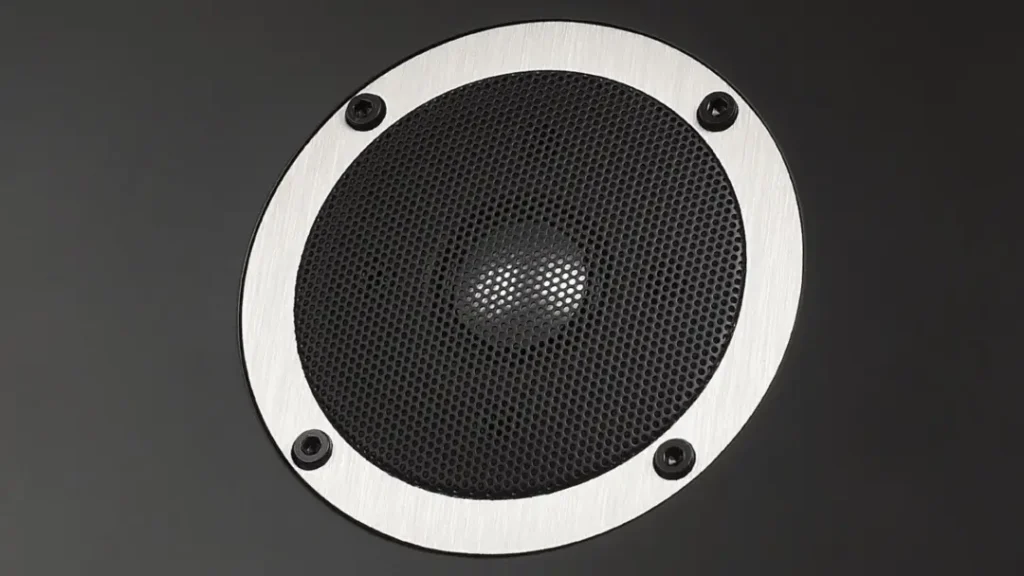
Villchur’s genius lay in realizing that the air spring could work for the speaker, not against it. By softening the suspension and spider, he let the trapped air in the cabinet serve as the restoring force. This gave the system linearity, stability, and consistency over time, unlike rubber or paper surrounds that aged and stiffened. Filling the enclosure with damping material further smoothed the bass response, and in 1954, the acoustic suspension principle was born.
The Birth of a Legend
When Henry Kloss founded KLH, he wholeheartedly embraced this new technology. The acoustic suspension allowed for deep, controlled bass from compact enclosures, something music lovers of the 1950s had never experienced before. Though these designs required more amplifier power due to lower sensitivity, by the 1960s, amplifiers were already stronger and cleaner, making the trade-off worthwhile.
The original KLH Model Five, introduced in 1968, became one of the best-selling loudspeakers in the United States. Built with care and musical insight, it became a cultural icon. After various ownership changes, including a stint under Kyocera, KLH was revived in 2017 by David Kelley, who relocated the company to Indiana and set out to rebuild the brand’s glory. Among the new lineup, the reborn Model Five stands as both a tribute and an evolution.
Design and Build Quality
At first glance, the modern KLH Model Five looks strikingly faithful to its predecessor. Standing 66 cm tall and 33 cm wide, the cabinet is built from 19 mm ultra-rigid MDF panels, finished in either West African Mahogany or American Walnut real wood veneer. The craftsmanship is exquisite, warm, tactile, and authentically vintage.
Check Out: Klipsch Cornwall IV Review
The speakers feature magnetically attached fabric grilles in period-correct linen, available in multiple textures and colors. A cast-zinc KLH badge, just like in the original, adorns the front.
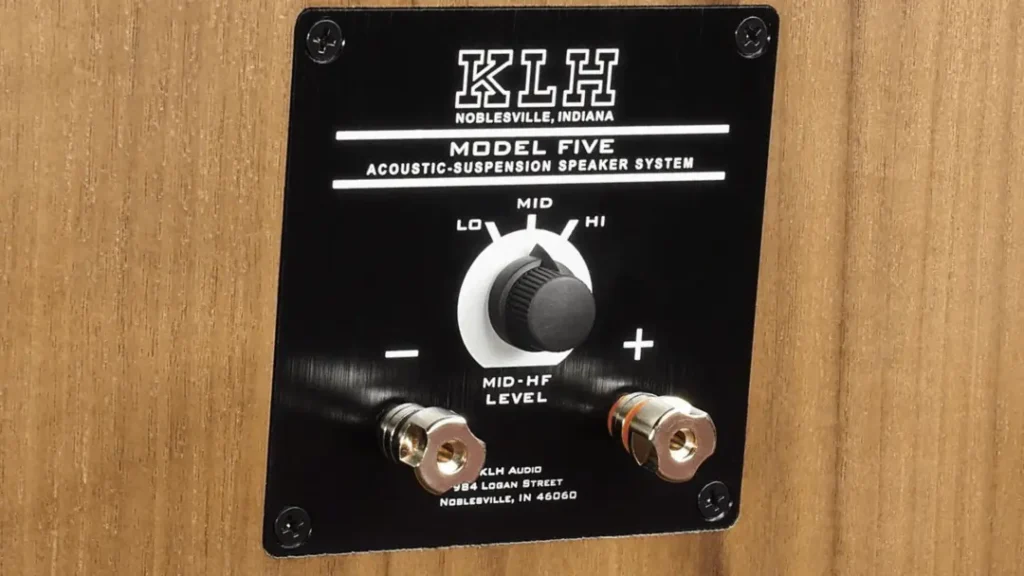
To ensure correct sound dispersion, KLH includes angled steel stands that raise and tilt the speakers back by 5 degrees. There’s also a three-position acoustic balance control on the rear panel, letting you adjust the response above 400 Hz by 1.5 dB or –3 dB, perfect for tuning to your room’s acoustics.
Modern Engineering, Vintage Soul
While the retro aesthetics remain, the internal design is completely modernized. The original Model Five used a 1.75-inch paper cone tweeter and pressed-steel baskets. The 2020s version, however, employs:
- 1″ aluminum dome tweeter with a rubber surround
- 4″ pulp-cone midrange driver
- 10″ pulp-cone woofer in a sealed (acoustic suspension) cabinet
- Cast-aluminum baskets and high-strength ferrite magnets
The crossover network has been completely redesigned, using Mylar capacitors, ferromagnetic-core inductors, and precision-matched components for phase accuracy and smoother integration. The updated system delivers a frequency response of 42 Hz–20 kHz (±3 dB) and reaches down to 32 Hz at –10 dB, with a nominal impedance of 6 ohms and 87.5 dB sensitivity.
Listening Test
The Model Five was evaluated with the Luxman L-505uXII integrated amplifier (100 W x 2 @ 8 Ω, Class AB with MOS-FET output stage), Denon DCD-A110 SACD player, and AudioQuest Rocket 44 speaker cables, a setup that allowed the KLHs to truly shine with both analog warmth and modern precision.
Right from the first notes, the hallmark of acoustic suspension made itself known: taut, linear, and articulate bass. The 10-inch low-frequency driver, operating within roughly 50 liters of sealed air, produced a tight, well-damped response, free from the overhang typical of bass-reflex systems. The smooth 12 dB/octave roll-off delivered a natural decay, trading sheer depth for musical definition.
Spinning Fleetwood Mac’s “Rumours” and Pink Floyd’s “The Dark Side of the Moon” on vinyl, the KLHs showcased beautifully controlled bass lines, each note distinct, never bloated. The acoustic suspension design conveyed texture and rhythm with finesse, proving that sealed-box speakers still hold their own in a world dominated by ported designs.
Switching to classic recordings such as Miles Davis’ “Kind of Blue”, The Beatles’ “Abbey Road”, and Carole King’s “Tapestry”, the Model Five captured the warmth and immediacy of analog-era production with stunning realism. The aluminum tweeter offered impressive clarity and air without harshness or sibilance, while the midrange stayed open, dynamic, and tonally pure.
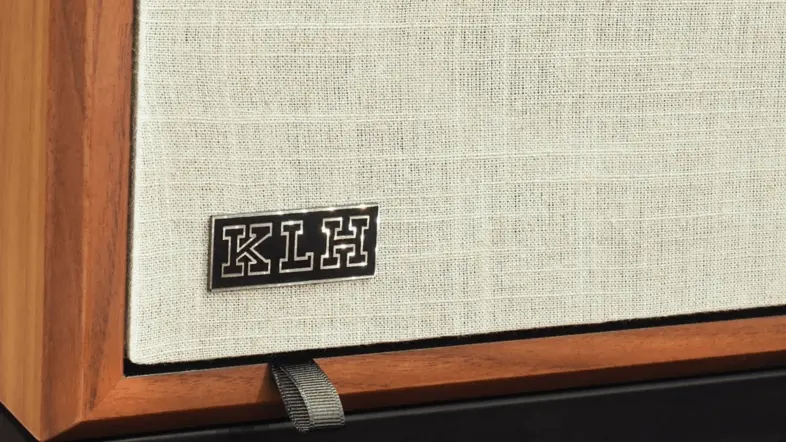
The 4-inch midrange driver blended seamlessly with the tweeter, creating a wide and cohesive soundstage with excellent horizontal dispersion around 140 degrees. Vocals carried a lifelike presence, pianos had natural weight, and guitars retained their crisp edge without becoming aggressive. Occasionally, the forward energy in the midband shaded subtle microdetails, but it’s a fair exchange for the sense of musical vitality the Model Five delivers.
Symbiosis of Old and New
KLH’s chief engineer, Kerry Geist (formerly of Klipsch Heritage), succeeded in capturing the soul of the 1960s and the punch of the 1970s while making the Model Five equally engaging with today’s genres. This balance of vintage charm and modern precision is rare.
The sealed enclosure provides tight, tuneful, tonally accurate bass, the highs are detailed yet smooth, and the overall sound is balanced, coherent, and alive. The aluminum tweeter, though modern, feels stylistically faithful and an ideal successor to the original’s paper cone.
In the end, the KLH Model Five isn’t just a nostalgic reissue. It’s a new classic, an emotionally expressive loudspeaker that merges heritage craftsmanship with contemporary engineering.
Verdict
If you’ve ever wondered how to blend vintage authenticity with present-day performance, the KLH Model Five is your answer. It’s one of those rare speakers that appeals equally to retro hi-fi romantics and modern audiophiles.
A beautifully re-imagined classic that sounds as good as it looks. The KLH Model Five combines the warmth of history with the accuracy of modern engineering, a speaker that makes you want to rediscover your entire music library.
Pros And Cons
Pros
- Authentic mid-century design with real veneer
- Tight, musical, well-damped bass
- Smooth, detailed treble
- Excellent build and room-tuning flexibility
Cons
- Slight midrange assertiveness on certain vocals
- Moderate sensitivity requires a capable amplifier
KLH Model Five Specifications
| Type | 3-way, acoustic suspension floorstanding loudspeaker |
|---|---|
| Enclosure Type | Sealed (acoustic suspension) |
| Drivers | 1 × 10″ pulp cone woofer 1 × 4″ pulp cone midrange 1 × 1″ aluminum dome tweeter |
| Crossover Frequency | 380 Hz / 2.85 kHz |
| Frequency Response | 42 Hz – 20 kHz (±3 dB) |
| Sensitivity | 90 dB @ 2.83V / 1m |
| Nominal Impedance | 6 Ω |
| Recommended Amplifier Power | 20 – 200 watts |
| Input Connections | Gold-plated five-way binding posts |
| Cabinet Construction | Real wood veneer (English Walnut or West African Mahogany) |
| Grille | Magnetically attached linen grille |
| Dimensions (W × H × D) | 33 cm × 66 cm × 25 cm (13″ × 26″ × 10″) |
| Weight (per speaker) | 20.4 kg / 45 lbs |
| Accessories Included | Tilt-base risers with 5° backward angle, user manual |
| Price | Approx. $2,498 / pair (USD) |

